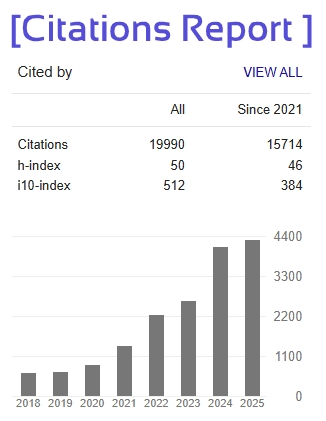Solar Panel Defect Detection and Monitoring
Rajarajeswari K ,
Assistant Professor, (Department of Electronics and Communication Engineering) KGiSL Institute of Technology Coimbatore, India rajarajeswarishan@gmail.com
Adshaya S S
Department of Electronics and Communication Engineering KGiSL Institute of Technology Coimbatore, India
adshayasudhakran@gmail.com
Balamurugan R Department of Electronics and Communication Engineering KGiSL Institute of Technology
Coimbatore, India balamurugan.r2003@gmail.com
Manisha K
Department of Electronics and Communication Engineering KGiSL Institute of Technology Coimbatore, India madhumitha.periyasami@gmail.com
Madhumitha P
Department of Electronics and Communication Engineering KGiSL Institute of Technology Coimbatore, India
manisha.sumathik@gmail.com
Abstract—This article describes an IoT-based fault detection and monitoring system that is meant to improve the reliability and performance of solar photovoltaic (PV) panels. In order to gather data in real time for a number of factors, including panel temperature, ambient temperature and humidity, voltage, light intensity, and dust, the system integrates many sensors. The solar panel temperature is monitored by a DS18B20 sensor, and the ambient temperature and humidity are monitored by a DHT22. The INA219 sensor provides voltage and current stability, and The BH1750 sensor measures light intensity in lux and can be used to estimate solar radiation through calibration. A GP2Y1010AU0F dust sensor measures the density of dust particles and sends out notifications when the threshold is crossed in order to measure soiling and its effects directly. The system detects conditions that are symptomatic of performance degradation, like high light intensity but low voltage output, indicating panel soiling. The data is processed by an ESP32 microcontroller, displayed on an LCD, and notify users of important faults. It's a clever, cost-effective technology that helps optimize solar system energy yield, decrease downtime, and permit timely maintenance procedures. The design emphasizes simplicity, efficiency, and scalability, with the potential for application in both residential and commercial solar use.
Index Terms—fault detection, photovoltaics, solar PV panels, and the Internet of Things (IoT);







